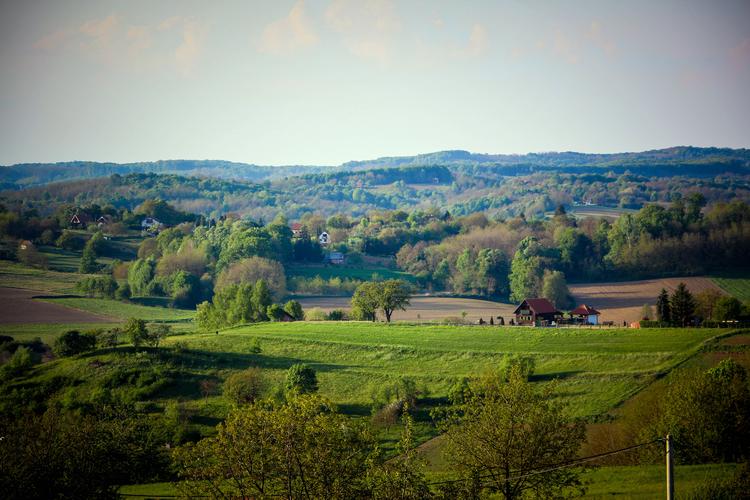The Intersection of Geography and Cultural Integration: Understanding the Complexities
Cultural integration is the process by which individuals from different ethnic and cultural backgrounds come together to form a cohesive society. Although this phenomenon is a desirable goal for any society, it can also be a complex and challenging process. One of the factors that influences cultural integration is geography. In this article, we will explore the complexities of the intersection of geography and cultural integration.
Geography plays a significant role in shaping the dynamics of cultural integration. A country’s geographical location, topography, and climate can affect migration patterns and settlement choices. For instance, people may choose to settle in urban areas, coastal cities, or mountainous regions, depending on their preferences and economic opportunities. Such settlement patterns can influence the ease of cultural integration by determining the size of the population, the proximity and frequency of interactions, and the availability of resources and infrastructure.
Moreover, geography can also affect cultural integration through the exposure to different cultural practices and traditions. People who live in multicultural cities or regions may have access to a diverse range of foods, music, art, and other aspects of culture that can enrich their lives and broaden their perspectives. Conversely, people who live in less diverse areas may have limited exposure to other cultures and may be more prone to stereotypes and prejudice.
Another factor that intersects with geography and cultural integration is the historical context. Many countries have a complex history of colonization, migration, and conflict that have shaped their cultural landscape. For example, the United States has a history of slavery and segregation that has created ongoing disparities in wealth, education, and social status. These historical factors can influence the way people perceive and interact with each other, making cultural integration a challenging process.
Despite these complexities, cultural integration is essential for creating a healthy and inclusive society. It requires a willingness to embrace cultural differences, build bridges of understanding, and create policies that promote diversity and integration. Several strategies can facilitate cultural integration, such as language training, educational programs, community events, and policies that promote social cohesion and equality.
In conclusion, the complex interplay between geography and cultural integration highlights the challenges and opportunities of building inclusive societies. By understanding these complexities, we can better appreciate the benefits of cultural integration and develop effective strategies to overcome the obstacles. By embracing diversity and creating a shared sense of belonging, we can create a better world for future generations.
(Note: Do you have knowledge or insights to share? Unlock new opportunities and expand your reach by joining our authors team. Click Registration to join us and share your expertise with our readers.)
Speech tips:
Please note that any statements involving politics will not be approved.
